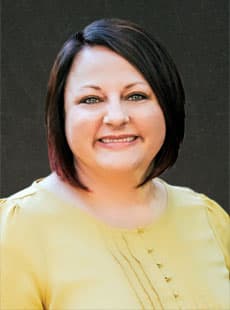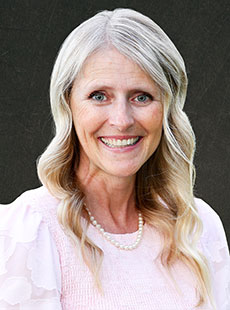Utah Core
•
Curriculum Search
•
All Language Arts - Secondary Lesson Plans
•
USBE Language Arts - Secondary website
Lesson Plans
Speaking and Listening (11-12.SL)
Students will learn to collaborate, express and listen to ideas, integrate and evaluate information from various sources, use media and visual displays as well as language and grammar strategically to help achieve communicative purposes, and adapt to context and task.Standard 11-12.SL.2:
Interpret, evaluate, and integrate multiple sources of information presented in various formats and media to verify the credibility and accuracy of each source, and note any discrepancies among the data in order to make informed decisions.-
Lesson 1: NAACP's Anti-Lynching Campaign in the 1920s
This lesson focuses on the constitutional arguments for and against the enactment of federal anti-lynching legislation in the early 1920s. Students will participate in a simulation game that enacts a fictitious Senate debate of the Dyer Anti-Lynching Bill. As a result of completing this activity, students will gain a better understanding of the federal system, the legislative process, and the difficulties social justice advocates encountered. -
Lesson 2: The Question of Representation at the 1787 Convention
When the delegates to the Philadelphia Convention convened in May of 1787 to recommend amendments to the Articles of Confederation, one of the first issues they addressed was the plan for representation in Congress. This lesson will focus on the various plans for representation debated during the Constitutional Convention of 1787. -
Lesson 2: The Social Security Act
This lesson engages students in the debate over the Social Security Act that engrossed the nation during the 1930s. -
Lesson 3: Creating the Office of the Presidency
As the delegates at the Philadelphia Convention of 1787 continued to develop a plan of government that would remedy the defects of the Articles of Confederation, one of the most difficult challenges was creating the office of the presidency. This lesson will focus on the arguments over the various characteristics and powers of the office of president as debated during the Constitutional Convention of 1787. -
One Tin Soldier Rides Away
This episode of This American Life that discusses mob mentality and how easily we can all fall victim to it. English Language Arts teachers can use It with many different texts to explore the concept of mob mentaility. For example, it can be used when teaching Lord of the Flies. -
Oyez! Oyez! Oyez!: Simulating the Supreme Court
This lesson helps students learn about the judicial system through simulating a real court case involving student free speech rights. In addition to learning about how the Supreme Court operates, students will explore how the Supreme Court protects their rights, interprets the Constitution, and works with the other two branches of government. -
Storm Lake Discussion Guide on the Importance of Local Journalism
This guide serves as a companion for adult learners and community members viewing the PBS documentary Storm Lake, a film about the struggles of sustaining local journalism and shows what these newsrooms mean to communities and American democracy overall. The guide has three main components: pre-viewing, during viewing and post-viewing activities. -
The Debate in the United States over the League of Nations
American foreign policy continues to resonate with the issues surrounding the debate over U.S. entry into the League of Nations-collective security versus national sovereignty, idealism versus pragmatism, the responsibilities of powerful nations, the use of force to accomplish idealistic goals, the idea of America. Understanding the debate over the League and the consequences of its ultimate failure provides insight into international affairs in the years since the end of the Great War. -
The Federalist and Anti-federalist Debates on Diversity and the Extended Republic
This curriculum unit explores some of the most important arguments of those opposing or supporting the ratification of the U.S. Constitution. -
The First Amendment: What's Fair in a Free Country?
After completing the lessons in this unit, students will be able to summarize the contents of the First Amendment and give examples of speech that is protected by the Constitution and speech that is not protected by the Constitution. -
The Letters and Poems of Emily Dickinson
Long perceived as a recluse who wrote purely in isolation, Emily Dickinson in reality maintained many dynamic correspondences throughout her lifetime and specifically sought out dialogues on her poetry. These correspondences"?both professional and private"?reveal a poet keenly aware of the interdependent relationship between poet and reader.


 UTAH EDUCATION NETWORK
UTAH EDUCATION NETWORK

 Justin
Justin Braxton
Braxton Dani
Dani Kayla
Kayla Katie
Katie Lora
Lora Rob
Rob Val
Val
